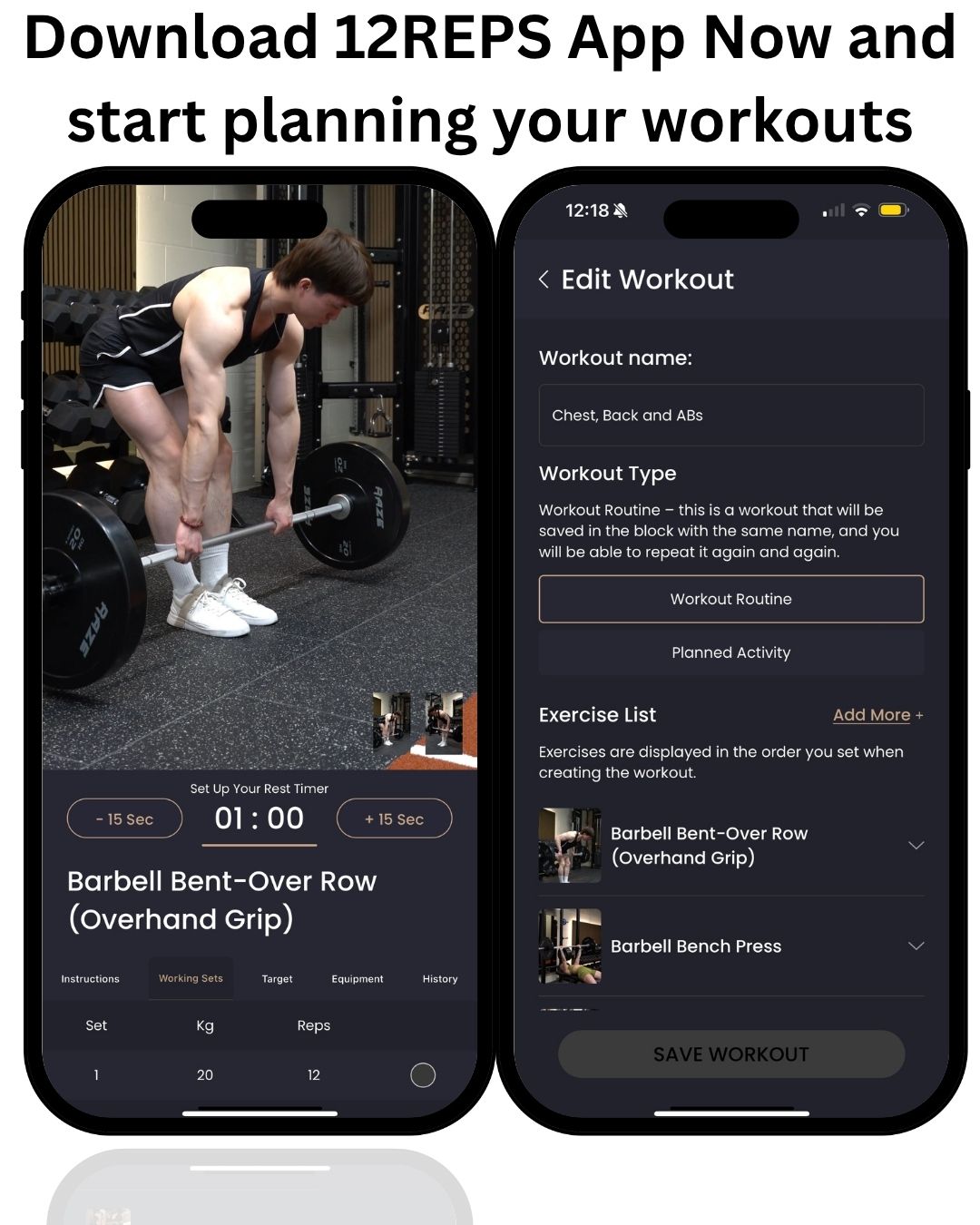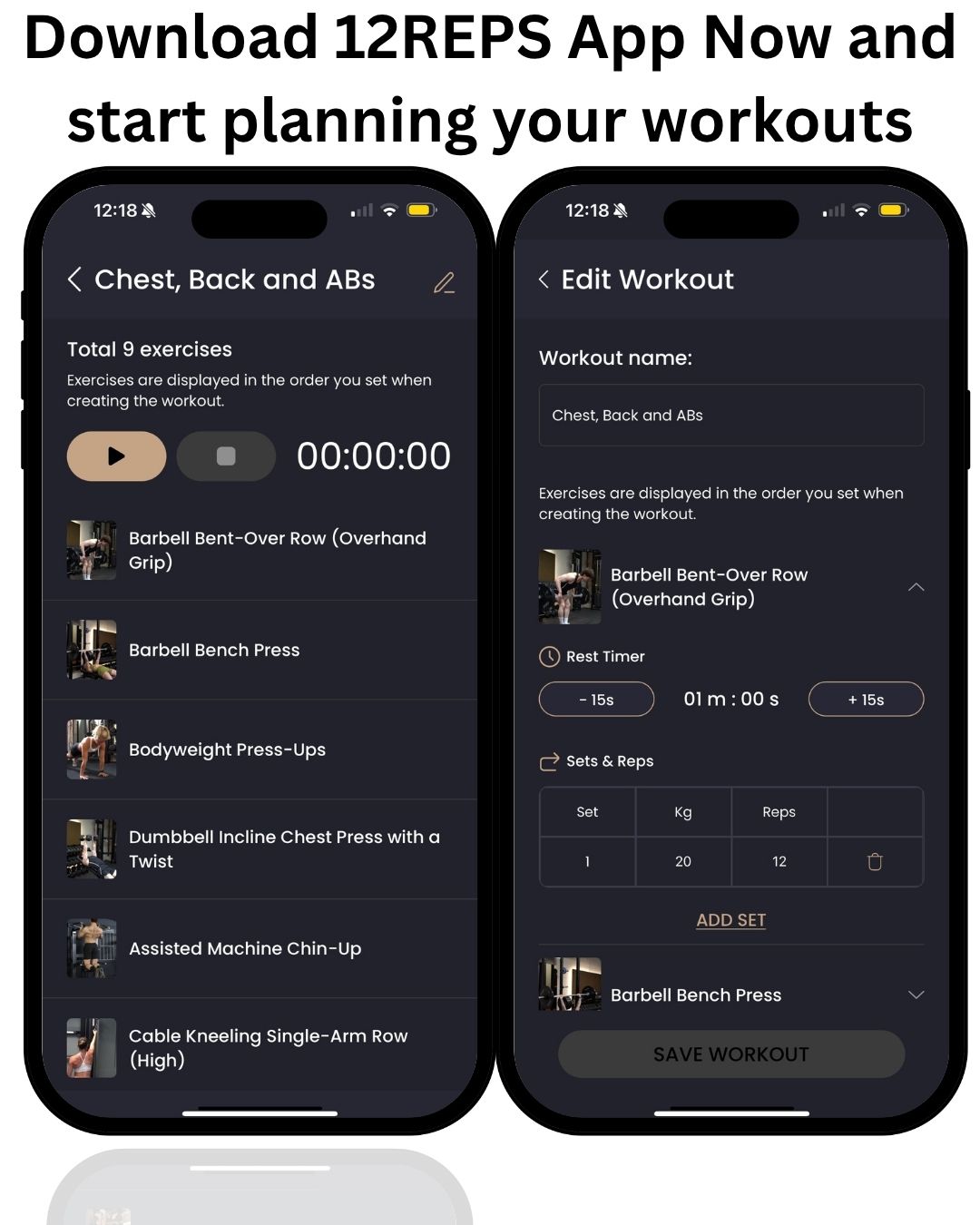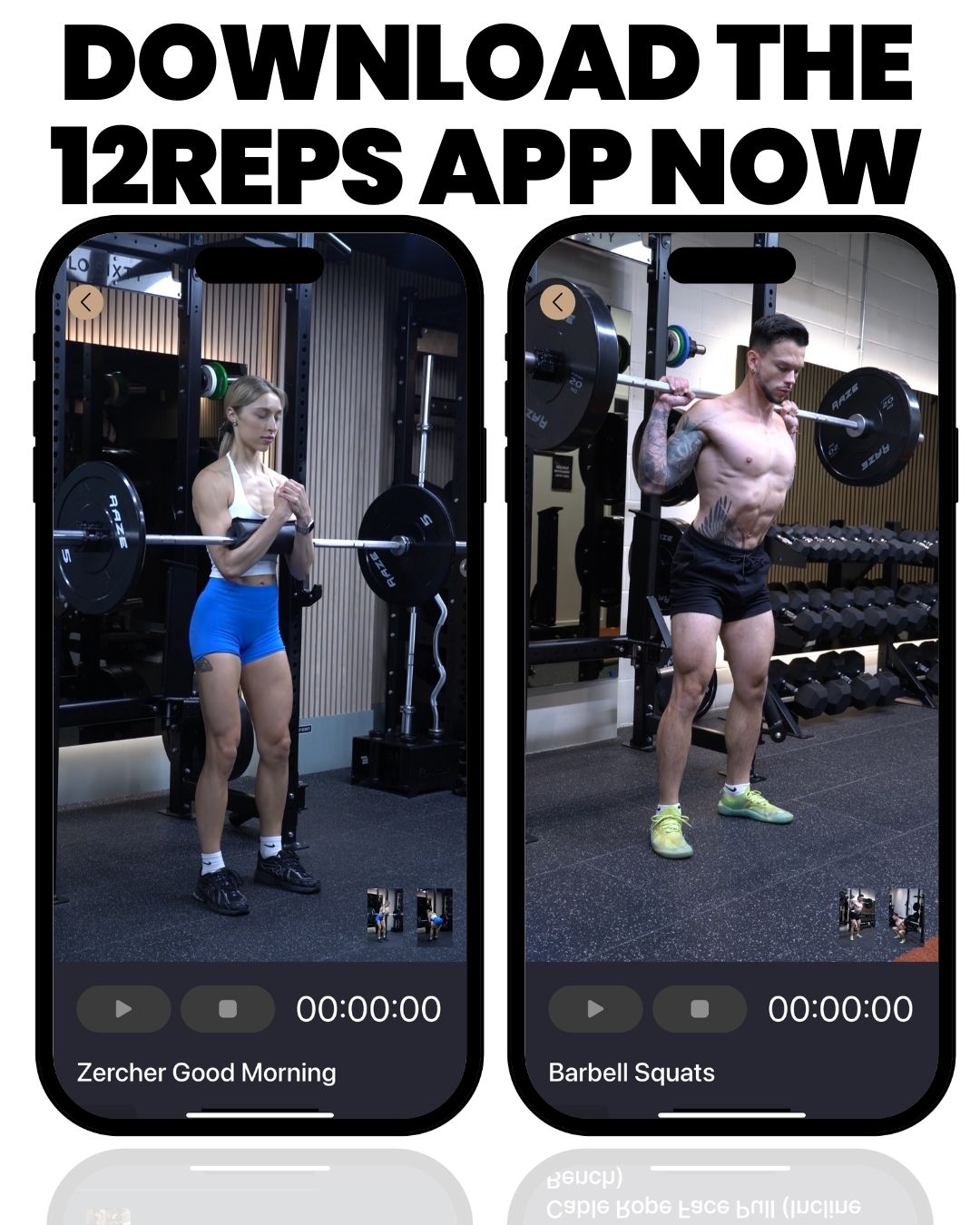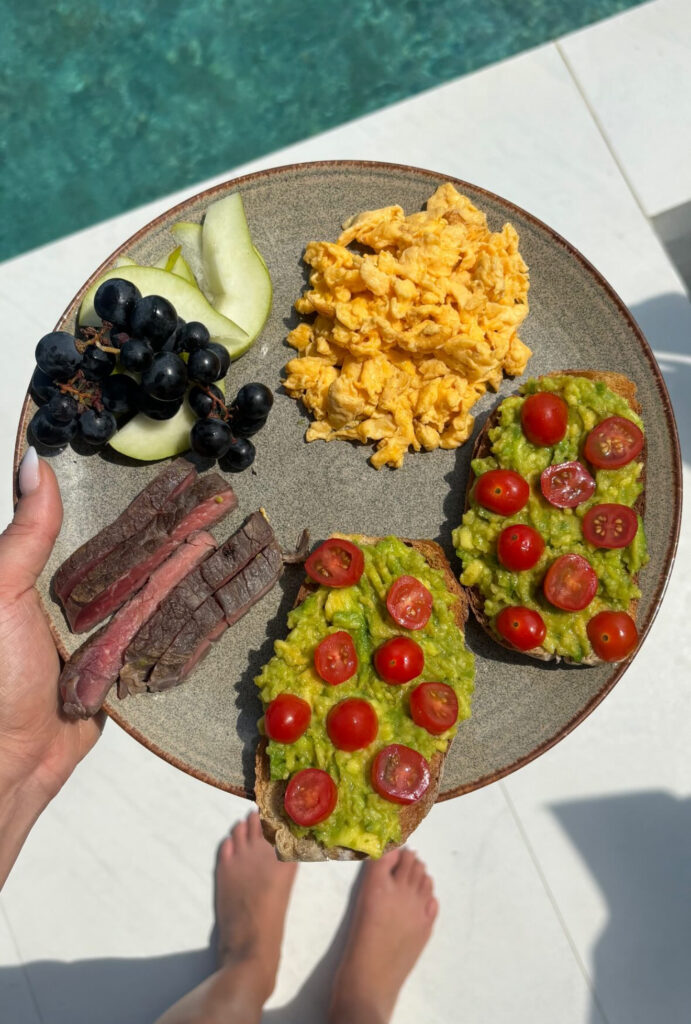By Will Duru, BSc (Hons) Sport and Exercise Science, Award-winning Personal Trainer with over 10 years of experience in strength training and optimising recovery.
As a personal trainer, I spend a lot of my time talking about two things: lifting weights and eating protein. And lately, it seems like the whole world is obsessed with protein. You see it everywhere—protein shakes, protein bars, high-protein recipes flooding your social media feeds. It’s become a huge buzzword in the health and fitness industry. But with all that noise, there’s also a ton of confusion. I get this question all the time from my female clients over 40: “Will, I hear everyone talking about protein. But how much do I actually need? I’m not a bodybuilder, I just want to feel strong and toned.”
This is such an important question, because the conflicting information out there can be a real barrier to getting the results you work so hard for in the gym. Some articles will tell you that a little bit of extra protein is fine, while others will have you believe you need to be eating chicken breasts and egg whites all day long. The truth, as it often is, lies somewhere in the middle. The confusion can make you feel like you’re doing something wrong, or that getting enough protein is too complicated, so you just give up.
I’m here to cut through all that noise. My goal with this article is to give you a simple, science-backed answer to the protein question. I want to give you a clear number to aim for and show you just how easy it can be to hit that target. I want you to think of protein as the essential building block for your success. If your strength training workouts are the construction crew, protein is the truckload of bricks they need to build a stronger body. Without the bricks, the crew can’t do its job. And I’ll also show you that tracking your protein intake doesn’t have to be a chore; with the right tools, it can be an easy and empowering part of your daily routine.
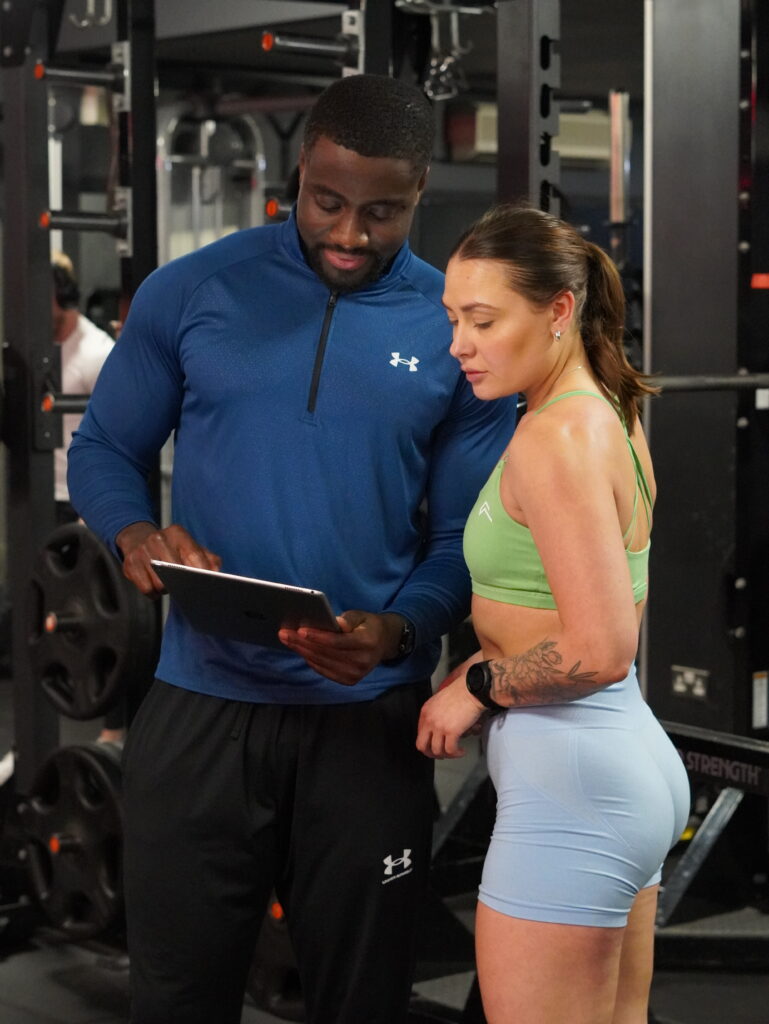
Why Protein Becomes My Top Priority for Clients Over 40
When my clients enter their 40s and 50s, our conversations about nutrition often shift to have a much stronger focus on protein. There’s a very specific, scientific reason for this. It’s a concept called “anabolic resistance,” and understanding it is the key to unlocking your muscle-building potential as you age. I know “anabolic resistance” sounds like a complicated, science-y term, but the idea behind it is actually very simple. I like to explain it to my clients like this: as we get older, our bodies get a little bit “hard of hearing” when it comes to the signal to build muscle. Protein is the way we learn to speak louder.
Let me break that down a bit more. The process of building muscle is called muscle protein synthesis (MPS). When you do a strength training workout, you create tiny micro-tears in your muscle fibers. This is a good thing! It sends a signal to your body to repair those fibers and rebuild them stronger than before. Protein provides the raw materials—the amino acids—to do that rebuilding. When you’re younger, your body is very sensitive to this process. A workout and a decent meal are enough to get a strong muscle-building response. However, as we age, our bodies become less responsive to these anabolic (muscle-building) signals. That same workout and that same meal don’t produce the same powerful MPS response that they used to. This is anabolic resistance in a nutshell. [2]
This means that to get the same muscle-building outcome, we need a stronger stimulus. We need to send a louder, clearer signal to our bodies. We do this in two ways: through challenging strength training and, just as importantly, by providing our bodies with more protein. For women over 40, protein isn’t just for bodybuilders; it’s a non-negotiable tool for fighting back against age-related muscle loss, a condition known as sarcopenia. But the benefits of a higher-protein diet go far beyond just your muscles. Protein is the most satiating of all the macronutrients, meaning it keeps you feeling fuller for longer. This is a huge advantage when you’re trying to manage your weight, as it helps to control cravings and reduce overall calorie intake. It also plays a vital role in supporting bone health and provides a source of slow, steady energy that helps you avoid those afternoon slumps. So when I tell my clients to focus on protein, I’m not just thinking about their muscles; I’m thinking about their energy, their appetite, and their overall health for decades to come.
The Magic Number: Your Daily Protein Target Made Simple
So, we’ve established that you need more protein. But how much more? This is where the confusion usually sets in, but it doesn’t have to. Based on a large body of current research, I have a very clear and actionable recommendation that I give to all of my active female clients over 40. The science is quite consistent on this. To effectively build and maintain muscle, you should aim for a daily protein intake of 1.2 to 1.6 grams of protein per kilogram of your body weight. If you prefer to work in pounds, that’s about 0.5 to 0.7 grams of protein per pound of body weight. [1]
This is likely higher than the standard government recommendations, which are typically aimed at sedentary individuals and are set to prevent deficiency, not to optimise muscle growth. For those of us who are actively strength training, our needs are simply higher. To make this even easier, I’ve created a simple table that I share with my clients. Find your current body weight in the left column to get a clear daily protein goal in the right column.
Body Weight | Daily Protein Goal (grams) |
130 lbs (59 kg) | 65 – 94 g |
150 lbs (68 kg) | 75 – 109 g |
170 lbs (77 kg) | 85 – 123 g |
190 lbs (86 kg) | 95 – 138 g |
Now, just hitting your total number for the day is only part of the strategy. The timing of your protein intake is also incredibly important. You can’t just eat all your protein in one giant meal at the end of the day and expect the best results. Remember how we talked about anabolic resistance? To keep that muscle-building signal switched on throughout the day, you need to spread your protein intake out. I advise my clients to aim for at least 25-30 grams of high-quality protein with each of their main meals (breakfast, lunch, and dinner). This provides a steady stream of amino acids to your muscles, ensuring they always have the resources they need to repair and grow. Think of it as giving your construction crew a steady supply of bricks throughout the day, rather than dumping the entire truckload on them at 5 PM and hoping for the best. This consistent supply is what helps you overcome anabolic resistance and maximize the results of your hard work in the gym. [3]
Hitting Your Target Without the Hassle: My Practical Guide
I know that when you first see those protein numbers, it can feel a little daunting. You might be thinking, “How am I ever going to eat that much protein without it feeling like a chore?” I promise you, it’s much easier than you think. It’s not about eating endless plates of bland chicken and broccoli. It’s about making smart, simple choices throughout your day. My job as a coach is to make this process as hassle-free as possible for my clients. Here are some of the practical examples I use to show them how achievable that 25-30 gram per meal target really is.
Let’s look at some common, everyday foods and their approximate protein content:
- A single chicken breast (about 4 oz): ~35 grams
- A can of tuna in water: ~30 grams
- A scoop of most whey or plant-based protein powders: ~25 grams
- A 1-cup serving of Greek yogurt: ~20 grams
- A cup of cooked lentils or chickpeas: ~15-18 grams
- 3-4 large eggs: ~18-24 grams
As you can see, hitting that 25-30 gram target in a single meal is not that difficult. A chicken salad for lunch or a serving of salmon with your dinner easily gets you there. A protein shake after your workout is a super convenient way to hit the target. Even for my plant-based clients, combining sources like lentils with quinoa or tofu can easily provide a complete protein source that meets the goal.
To make it even clearer, here is what a simple, high-protein day of eating might look like for one of my clients. This is not a rigid diet plan, but just an example to show you how the pieces can fit together:
- Breakfast: A bowl of Greek yogurt with berries and a sprinkle of nuts. (Protein: ~25g)
- Lunch: A large salad with a grilled chicken breast and a light vinaigrette dressing. (Protein: ~40g)
- Post-Workout Snack: A protein shake made with one scoop of protein powder and water or milk. (Protein: ~25g)
- Dinner: A fillet of baked salmon with a side of roasted asparagus and a small sweet potato. (Protein: ~35g)
In this example, you would have consumed around 125 grams of protein, which is right in the sweet spot for a 170-pound woman. It doesn’t look like a crazy, restrictive diet, does it? It’s just a day of delicious, whole foods, strategically chosen to fuel the body.
Of course, the question I always get next is, “But how do I know if I’m actually hitting my goal?” This is where tracking becomes your best friend. Feeling overwhelmed? You don’t have to guess. A good workout tracker app often includes nutrition tracking. I always recommend my clients download the 12reps app because it allows you to easily log your meals and see in real-time if you’re hitting your protein goal. It turns what feels like a complicated task into a simple, data-driven process, empowering you to take control of your nutrition.
Conclusion
So, let’s circle back to that original question: how much protein do you really need? I hope I’ve shown you that the answer is clear and, more importantly, achievable. The key message I want you to take away is this: as a woman over 40 who is actively strength training, your protein needs are higher than those of your younger, more sedentary counterparts. You need to speak a little louder to your body to get the muscle-building results you deserve.
I want you to feel empowered by this knowledge. Nutrition is not something that just happens to you; it is a powerful tool that you can control to maximise your fitness results. By aiming for that magic number of 1.2-1.6 grams of protein per kilogram of body weight and spreading it out throughout the day, you are giving your body the exact building blocks it needs to get stronger, leaner, and more resilient. You are turning your hard work in the gym into visible, tangible results.
Stop guessing and start growing. You now have the knowledge to fuel your body for success. Take the next step and start tracking your progress. I encourage you to start your free trial of the 12reps app today. Log your meals, see your protein numbers, and witness for yourself the incredible difference it makes when you give your body exactly what it needs to thrive.
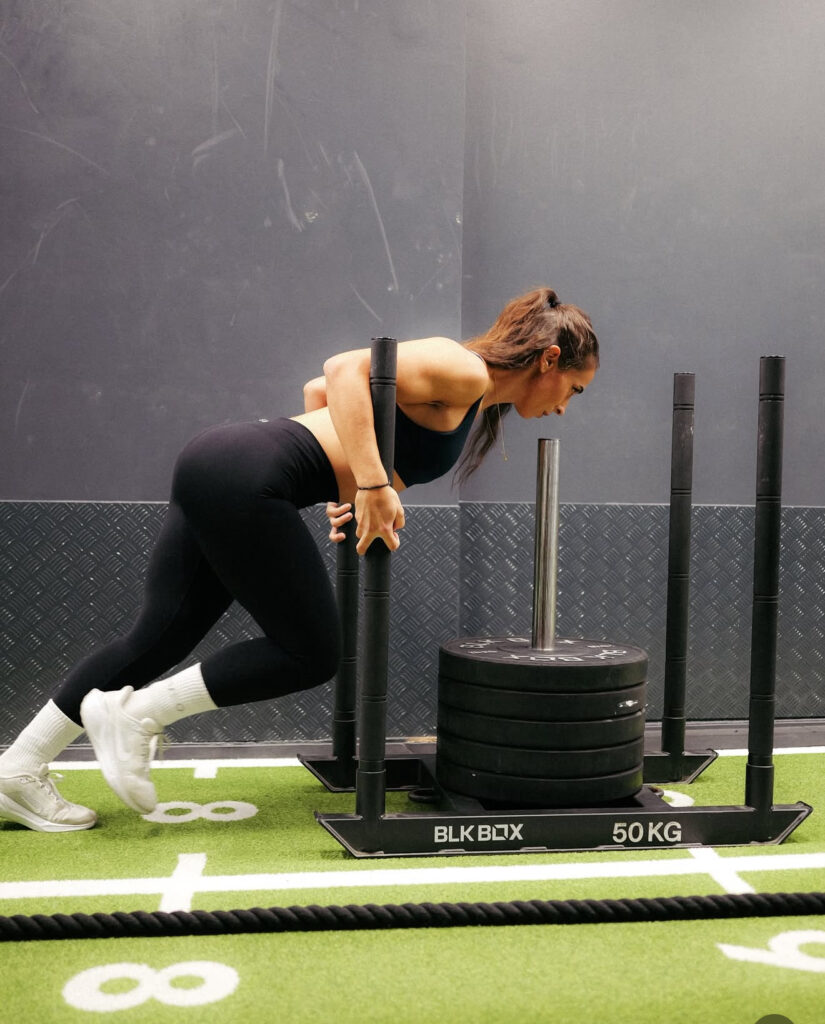
References
- [1] Baum, J. I., Kim, I. Y., & Wolfe, R. R. (2016). Protein Consumption and the Elderly: What Is the Optimal Level of Intake? Nutrients, 8(6), 359. https://pmc.ncbi.nlm.nih.gov/articles/PMC4924200/
- [2] Morton, R. W., Traylor, D. A., Weijs, P. J., & Phillips, S. M. (2018). Defining anabolic resistance: implications for delivery of clinical nutrition therapy. Current Opinion in Critical Care, 24(2), 124–130. https://pubmed.ncbi.nlm.nih.gov/29389741/
- [3] Jäger, R., Kerksick, C. M., Campbell, B. I., Cribb, P. J., Wells, S. D., Ormsbee, M. J., … & Antonio, J. (2017). International Society of Sports Nutrition Position Stand: protein and exercise. Journal of the International Society of Sports Nutrition, 14(1), 20. https://jissn.biomedcentral.com/articles/10.1186/s12970-017-0177-8


